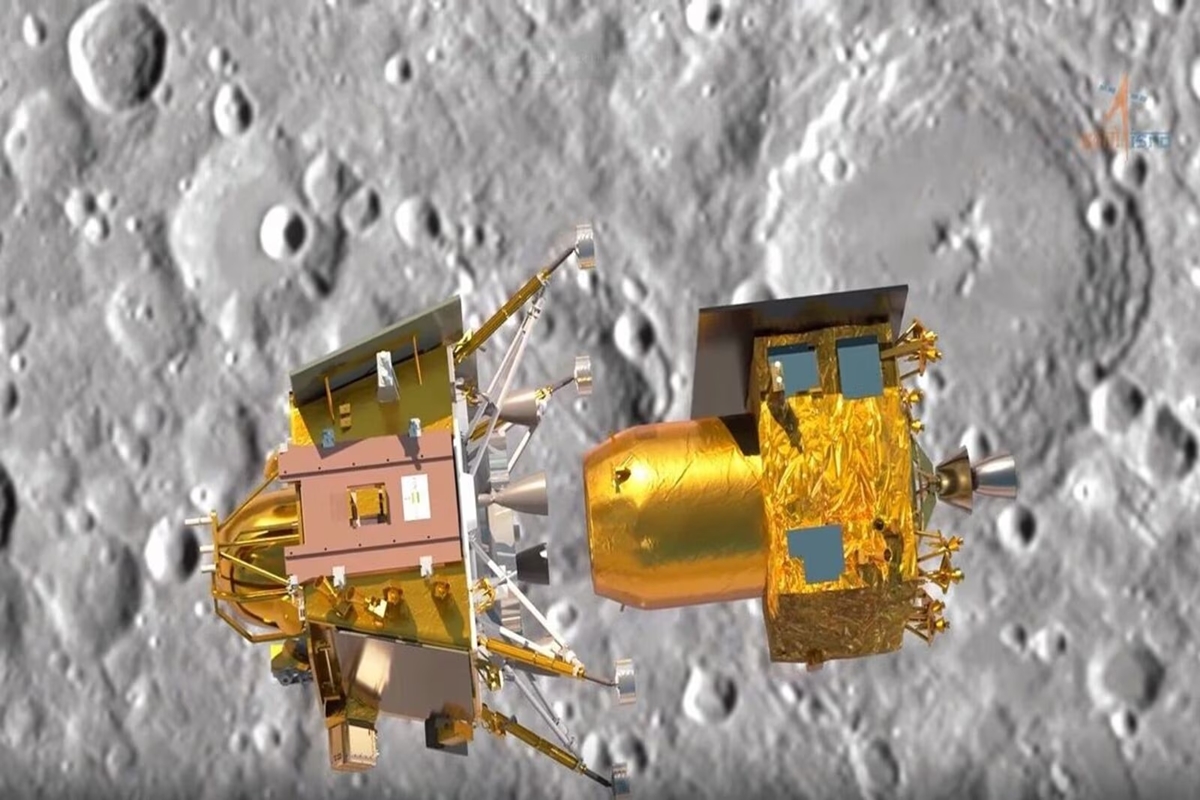Iran rejects Macron’s accusation of involvement in Ukraine conflict
Iran has rejected French President Emmanuel Macron's remarks that Russia has used Iranian military equipment against Ukraine.

On Sunday, Russia’s space agency, Roscosmos, confirmed a significant setback in its lunar exploration efforts. The Luna-25 mission, Russia’s first moon venture in nearly five decades, tragically ended with a crash landing on the Moon.
This incident followed a mandatory report from Roscosmos just the day before, indicating issues during Luna-25’s transition into its intended pre-landing orbit. The unmanned spacecraft, originally destined for a gentle touch-down at the Moon’s southern pole, faced complications while maneuvering into the pre-landing orbit.
Advertisement
Russia had high hopes for this lunar endeavor, envisioning Luna-25 spending a year on the Moon’s surface, gathering samples of lunar rock and dust. The scheduled landing was mere hours away when the space corporation lost contact with the craft. The last-known images sent back by Luna-25 showcased the lunar landscape, including the third-deepest crater in the Moon’s southern hemisphere, known as the Zeeman crater.
Advertisement
They believe the lunar south pole’s perpetually shadowed craters hold frozen water reserves, which has long captivated scientists. This water, if harnessed, might serve as a valuable resource for generating both breathable air and rocket fuel. This, in turn, could pave the way for extended human expeditions beyond Earth’s orbit.
Roscosmos reported that a preliminary analysis indicated a deviation from the calculated parameters during an impulse maneuver, causing Luna-25 to veer off course. Ultimately, this deviation led to the craft’s catastrophic collision with the lunar surface, marking a somber conclusion to Russia’s lunar return mission.
Earlier on, there were already concerns about Luna-25’s journey as it struggled with shunting into the pre-landing orbit. Russian media had even speculated about the possibility of the lunar craft being lost. This unexpected outcome serves as a stark reminder of the formidable challenges that space exploration entails, even for experienced players in the field like Russia.
Advertisement